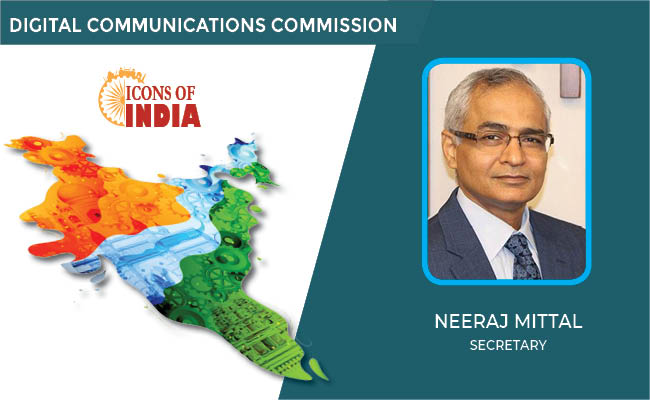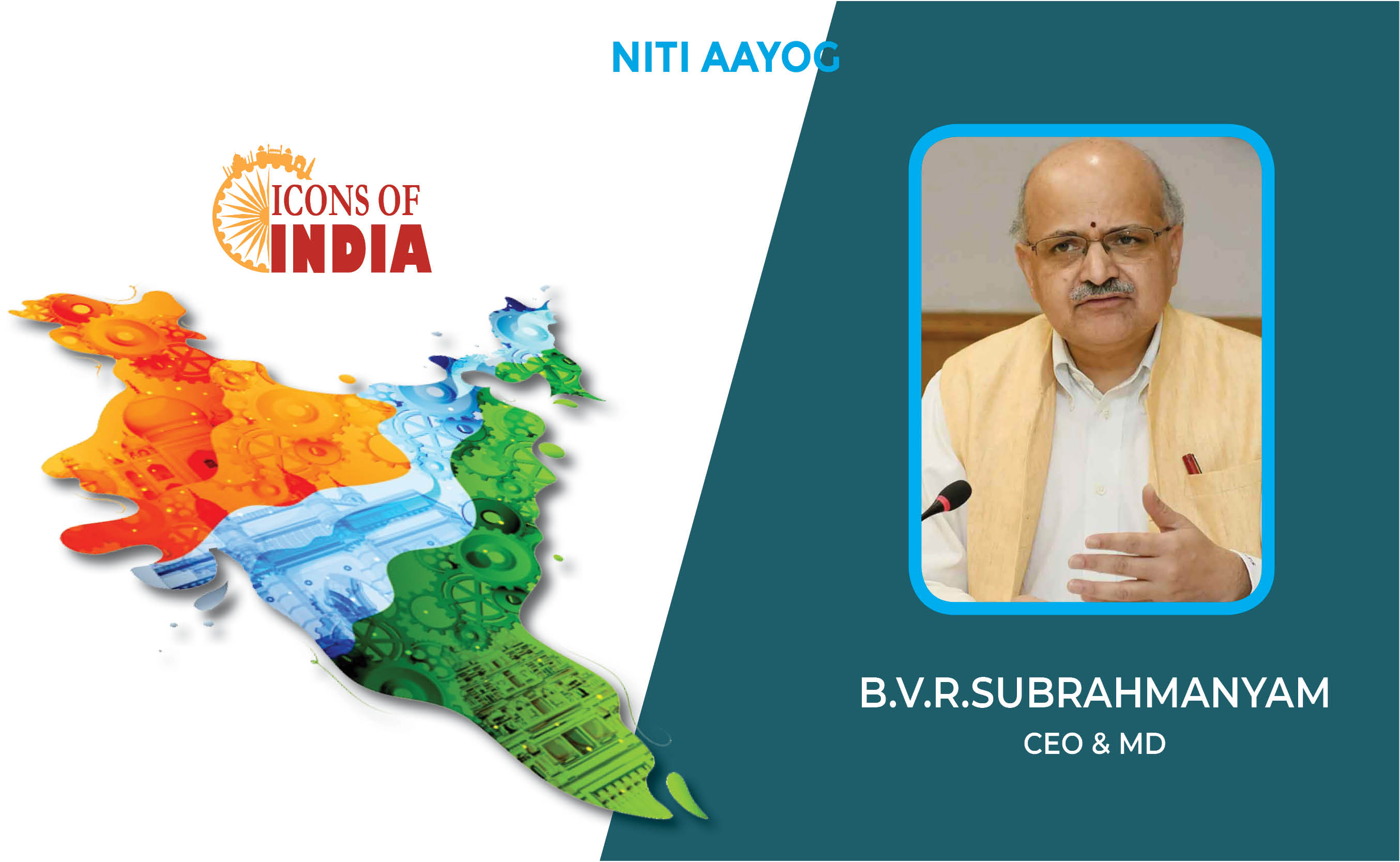Government's Parivahan website user data reportedly exposed on dark web
By MYBRANDBOOK

The government's Parivahan website has likely suffered a data breach, exposing its source code and sensitive data of 10,000 users.
According to Cybersecurity firm CloudSEK, its AI digital risk platform found a threat actor sharing the source code of Integrated Road Accident Database (iRAD), an initiative of the Ministry of Road Transport and Highways (MoRTH), on a cybercrime forum.
iRAD, funded by the World Bank, aims to improve road safety in the country.
The data breach was detected by the cybersecurity firm on August 2. "Our source was able to obtain the source code, totaling 165 MB in size. Most of the code is written in PHP," says CloudSEK.
"We have found several sensitive assets embedded in the code. The code contained hostnames, database names, and passwords. The usernames and passwords used in the source code were quite simple and could be prone to brute-force attacks with local access to the server," it says.
"We observed that the source code includes references to sms.gov.in, a NIC SMS Gateway that enables government departments to integrate and send citizen-centric SMS to Indian nationals," the cybersecurity firm adds.
Additionally, CloudSEK says the URL embedded in the source code includes fields for username and password, which, if misused, might inadvertently grant unauthorised individuals the ability to send messages to recipients.
The leaked information could be used to gain initial access to the website's infrastructure, the cybersecurity firm says, while further adding that if the leaked passwords are not encrypted, it could enable account takeovers. Commonly used passwords or weak passwords could lead to brute force attacks, CloudSEK claims, adding it would equip malicious actors with the details required to exfiltrate data and maintain persistence.
The data security firm finally suggests implementing a strong password policy and enabling MFA (multi-factor authentication) across logins.
"Patch vulnerable and exploitable endpoints. Monitor for anomalies in user accounts, which could indicate possible account takeovers. Scan repositories to identify exposed credentials and secrets," it advises.


Legal Battle Over IT Act Intensifies Amid Musk’s India Plans
The outcome of the legal dispute between X Corp and the Indian government c...

Wipro inks 10-year deal with Phoenix Group's ReAssure UK worth
The agreement, executed through Wipro and its 100% subsidiary,...

Centre announces that DPDP Rules nearing Finalisation by April
The government seeks to refine the rules for robust data protection, ensuri...

Home Ministry cracks down on PoS agents in digital arrest scam
Digital arrest scams are a growing cybercrime where victims are coerced or ...


Icons Of India : NEERAJ MITTAL
He started his career as an IAS Officer in 1992. He has held various a...

Icons Of India : Bhavish Aggarwal
Indian entrepreneur Bhavish Aggarwal is the CEO of Ola, India’s larg...

Icons Of India : B.V.R. Subrahmanyam
A 1987 batch (Chhattisgarh cadre) Indian Administrative Service Office...


TCIL - Telecommunications Consultants India Limited
TCIL is a government-owned engineering and consultancy company...

UIDAI - Unique Identification Authority of India
UIDAI and the Aadhaar system represent a significant milestone in Indi...

NPCI - National Payments Corporation of India
NPCI is an umbrella organization for operating retail payments and set...


Indian Tech Talent Excelling The Tech World - Aneel Bhusri, CEO, Workday
Aneel Bhusri, Co-Founder and Executive Chair at Workday, has been a le...

Indian Tech Talent Excelling The Tech World - Sanjay Mehrotra, CEO- Micron Technology
Sanjay Mehrotra, the President and CEO of Micron Technology, is at the...

Indian Tech Talent Excelling The Tech World - Shantanu Narayen, CEO- Adobe Systems Incorporated
Shantanu Narayen, CEO of Adobe Systems Incorporated, is renowned for h...
 of images belongs to the respective copyright holders
of images belongs to the respective copyright holders